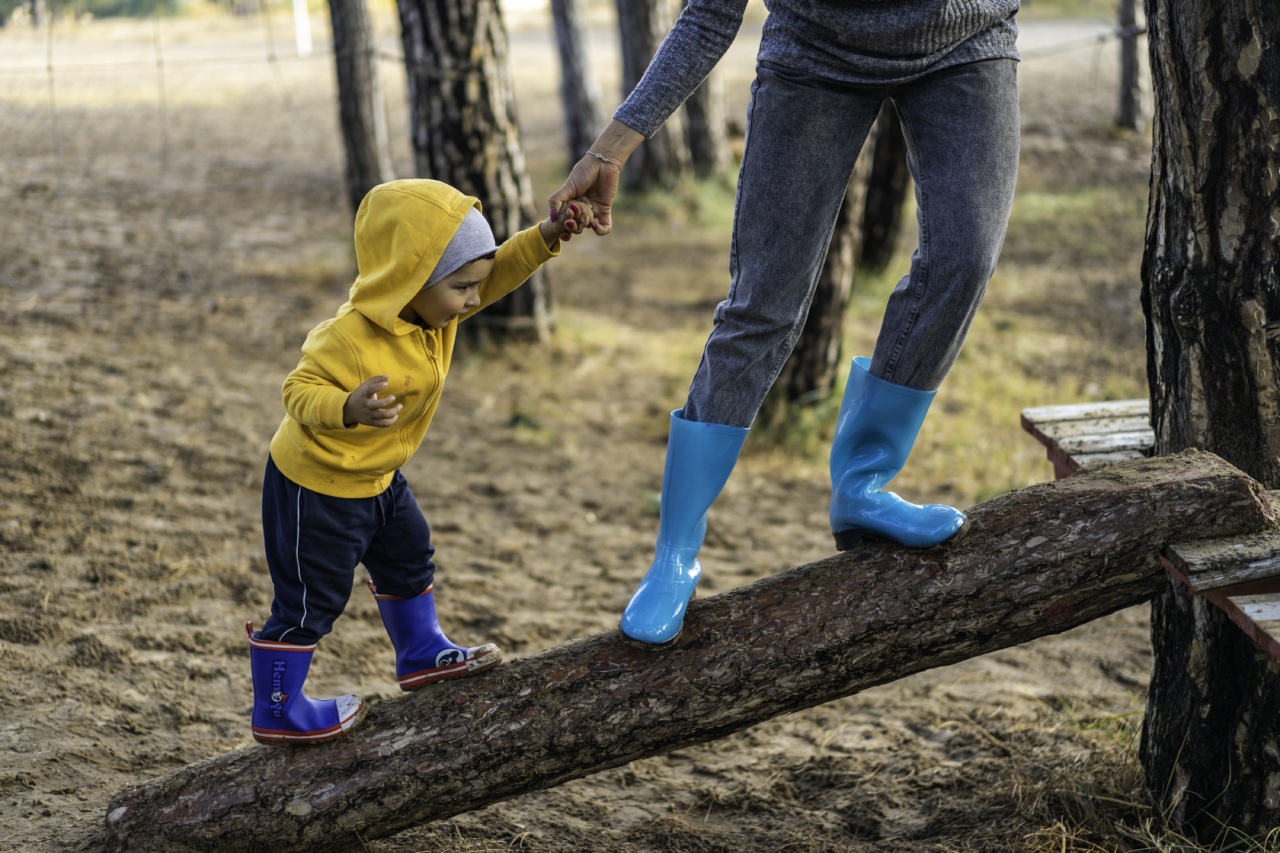Dealing with a cancer diagnosis can be an incredibly challenging and overwhelming experience for anyone, but it can be especially difficult for children.
The physical and emotional toll that cancer takes on young patients is immense, and they often require specialized care and support to navigate through their journey. In this article, we will explore the various ways in which we can provide the necessary care and assistance to help kids facing cancer.
The Importance of Emotional Support
When a child is diagnosed with cancer, they not only have to face the physical symptoms and side effects of the disease but also cope with a whirlwind of emotions. Fear, anxiety, sadness, and confusion are all common among young cancer patients.
It is crucial to prioritize the emotional well-being of these children to help them maintain a positive mindset during treatment.
Creating a Supportive Environment
The treatment process can be long and daunting for kids with cancer, so it is essential to provide them with a supportive environment.
This can include child-friendly hospital spaces, colorful and comforting playrooms, and access to age-appropriate entertainment and educational materials. By creating a warm and engaging atmosphere, we can help children feel more at ease and make their treatment experience a little easier.
Child Life Specialists
Child Life Specialists are professionals who are trained to work with children facing medical challenges. These specialists play a vital role in the lives of young cancer patients.
They utilize therapeutic activities and play to help children understand and cope with their diagnosis and treatment. By engaging in activities, such as art therapy or music therapy, kids can express their emotions and find a sense of relief and comfort.
Education and School Support
When a child is diagnosed with cancer, their education often takes a backseat. However, it is crucial to ensure that they do not fall behind academically during their treatment.
Providing educational support, such as tutoring, can help children stay on track with their schoolwork and maintain a sense of normalcy amidst their medical journey. Additionally, keeping open communication between the child’s school and the medical team is essential for coordinating a supportive and flexible learning plan.
Peer Support
Connecting children with cancer to others who are going through a similar experience can be immensely beneficial. Peer support programs allow kids to share their feelings, experiences, and coping strategies with others in the same boat.
These programs can be facilitated through support groups, online forums, or even hospital-sponsored events. By fostering a sense of community and understanding, children can find comfort and strength from their peers.
Focusing on Physical Well-being
Alongside emotional support, addressing the physical well-being of children with cancer is crucial.
This includes providing them with the necessary medical treatments and medications, as well as implementing strategies to manage pain and side effects effectively. Pain management techniques, such as distraction therapy or relaxation exercises, can help alleviate discomfort and enhance overall well-being.
Healthy Lifestyle and Nutrition
Nutrition plays a vital role in the overall health and recovery of cancer patients, including children. Eating a well-balanced diet can help strengthen their immune system and aid in the healing process.
It is essential to work with a registered dietitian who specializes in pediatric oncology to develop an individualized nutrition plan that meets the child’s specific needs.
Maintaining a Sense of Normalcy
When a child is diagnosed with cancer, their routine is often disrupted due to medical appointments and treatment schedules. It is essential to help them maintain a sense of normalcy in their lives.
Encouraging participation in activities they enjoy, spending quality time with loved ones, and attending school or extracurricular activities when possible can all contribute to a more balanced and fulfilling life despite the challenges of cancer.
Support for Caregivers
The caregivers of children with cancer also require support and care. Providing them with resources, such as counseling services or support groups, can help alleviate their stress and emotional burden.
Allowing caregivers to take breaks and ensuring they have access to their own support systems is essential for their well-being, as their role can be physically and emotionally draining.
Long-Term Survivorship
After completing cancer treatment, children need continued support as they transition into their new life as survivors. Monitoring for late effects of cancer treatment, such as developmental delays or potential secondary cancers, is essential.
Pediatric oncology clinics often provide long-term follow-up care to address any ongoing medical, emotional, or educational needs that may arise.
Conclusion
Caring for children with cancer requires a comprehensive approach that addresses their emotional, physical, and educational needs.
By providing a supportive and nurturing environment, offering emotional support, and ensuring access to proper medical care, we can help these young patients navigate their cancer journey with strength and resilience. With the right support system in place, children can overcome the challenges of cancer and continue to thrive.































